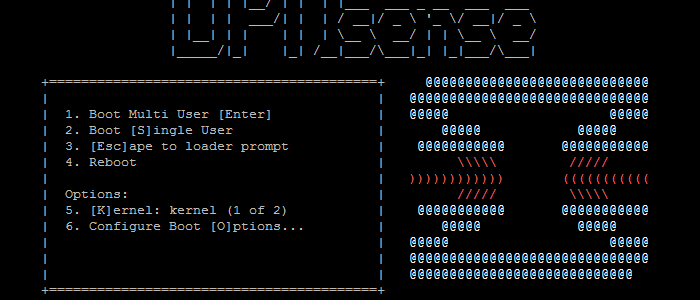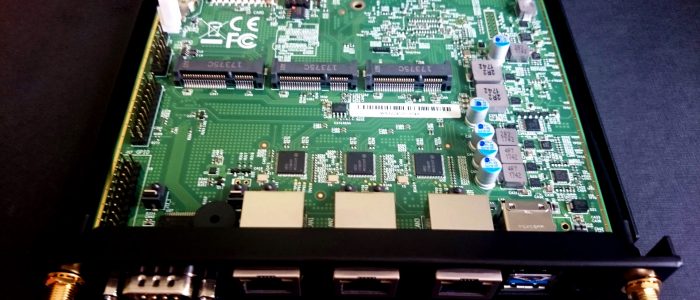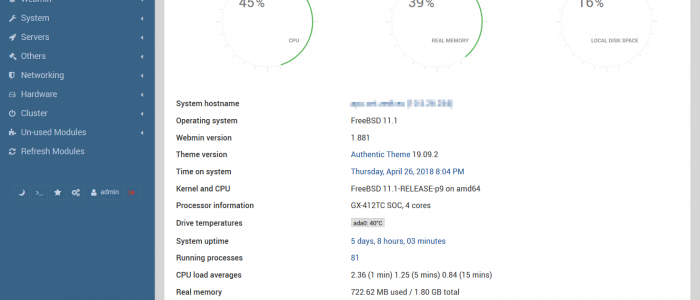Keeping SSH connections alive
By default SSHd will terminate an ongoing connection if there was no traffic (incoming or outgoing) for a while.
If you usually leave remote sessions running for long amounts of time and hate the unexpected disconnects, this can be changed by enabling the keep-alive feature on the server directly so it applies to all remote sessions regardless of client used.
Migrating CentOS 7 to PHP 7
CentOS is a conservative distribution giving you the most stability and security, at the expense of newer features like the latest PHP release.
Fortunately there are ways around for getting a newer PHP by using one of the several repositories out there providing updated packages. My personal choice for this task is Remi’s Repository.
How to disable/uninstall problematic Magisk modules
Magisk is a great solution for customizing (rooted) Android devices via modules without modifying the firmware (much…).
Magisk modules are easy to install and activate (through Magisk Manager), however in rare cases when something fails you can end up with a bootlooping device. In such instances you can either resetting/reflashing the device or use the handy Magisk module installer tool.
Installing munin-node on OPNsense
Since OPNsense is more vanilla FreeBSD it is a lot simpler to install additional FreeBSD software on it than on pfSense.
One piece of additional software that can be useful, especially for monitoring and statistics purposes, is munin.
How to install OPNSense on PCEngines’ APU2
I have been looking for a good alternative which could handle my gigabit internet connection and I believe I made a good choice going with PCEngine’s APU2 embedded system.
I tried following various tutorials dedicated for installing both pfSense and OPNsense on this device, however they didn’t quite work on the APU (or in my case), so I tried a personal method which proved successful.
How to install Webmin on OPNSense
Webmin is not part of the OPNSense repository packages, however as OPNSense is more vanilla FreeBSD than pfSense it is relatively easy to install additional packages.
For compatibility and stability reasons the FreeBSD repository is disabled by default, but it can be enabled…
Configuring static IP address and virtual interfaces in Webmin
When assigning multiple IP addresses to a single server by using virtual interfaces on the same single main interface it is necessary to switch to a static IP configuration.
Doing network configuration remotely is a bit risky but with the correct sequence of steps it is possible to switch from DHCP to static IP without any downtime.











